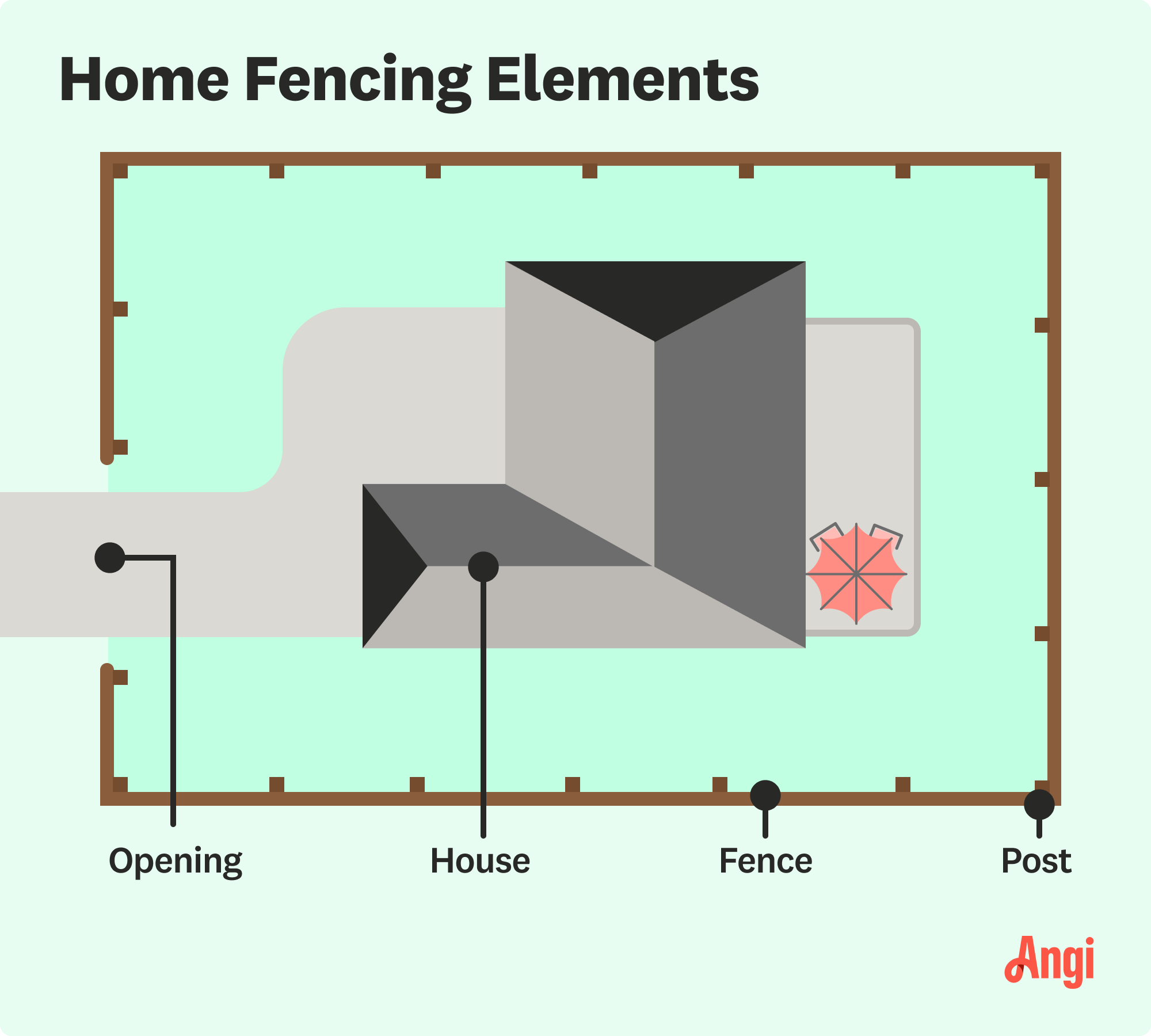
Explore the key factors that impact vinyl fence installation costs in Columbus, OH, including labor, materials, permits, layout, design, and yard conditions.


Fence installation costs fall between $1,857 and $4,764.
How many fence posts you need depends on the type and spacing.
A local fence installer can determine how many fence posts you need.
Including a fence around your yard can keep your pets and kids safe and prevent unwanted guests (animals and people) from entering. It can also help create a private place for you to relax. Fence installation costs between $1,857 and $4,764, and getting accurate measurements can keep you on budget. If you’re wondering, “How many fence posts do I need?” we can help. Calculating the number of fence posts needed for your fencing project is relatively simple and can ensure you have enough materials to complete the project.
When it’s time to replace a fence, use this guide to estimate how many fence posts you’ll need based on the linear feet and type of fence.
| Fence Type | Spacing | Number of Posts per 100 Linear Feet | Number of Posts per 200 Linear Feet | Number of Posts per 300 Linear Feet | Number of Posts per 400 Linear Feet |
|---|---|---|---|---|---|
| Wooden | 5–8 feet | 13–20 | 25–40 | 38–60 | 50–80 |
| Metal | 5–8 feet | 13–20 | 25–40 | 38–60 | 50–80 |
| Vinyl | 6–8 feet | 13–17 | 25–34 | 38–50 | 50–67 |
| Chain-link | 4–10 feet | 10–25 | 20–50 | 30–75 | 40–100 |
| Wire | 8–12 feet | 9–13 | 17–25 | 25–38 | 34–50 |

Before you calculate how many fence posts you need, you’ll need to know how many linear feet of fencing you need, the type of fencing, and how far apart the fence posts should be. You can use the formula below as a place to start:
Number of fence posts = Linear feet / post spacing
This formula will get you a good estimate for the number of fence posts you need, but consulting a local fence installer will help you account for terrain changes, areas that need additional reinforcement, and gate considerations.
Measuring the amount of fencing you’ll need starts with measuring the perimeter of the area you want to enclose by using this formula:
Perimeter = (Side 1 + side 2 + side 3 + side 4) - width of gate openings
If the fence will be an irregular shape—to avoid trees or account for terrain changes, for example—you can still measure it yourself by measuring all of the stretches and then adding them together.
Once you have this measurement, you’ll know how many linear feet of fencing you need and can apply the formula for the number of fence posts.

Fencing can be a DIY project if you have experience, but it requires accurate measurements and knowledge of how to install posts and fencing material properly. In many cases, hiring a fencing installation professional is the best way to go. They can offer suggestions for the best material and fence post spacing and provide proper reinforcement to ensure the fence is sturdy.
From average costs to expert advice, get all the answers you need to get your job done.

Explore the key factors that impact vinyl fence installation costs in Columbus, OH, including labor, materials, permits, layout, design, and yard conditions.

An electric fence is an effective way to keep animals in your yard. Learn how much different electric fences cost, in this guide.

A fence can be a beautiful and functional addition to your property. Learn all the factors that determine your fence installation costs in Columbus, OH.

Whether you’re looking to replace your chain link fence or just want it gone, find out how to remove a chain link fence here.

Wondering how to hire a fence contractor who will do the perfect job? Use our tips to figure out which questions to ask contractors before you hire one.

Have you ever wondered: What is a stockade fence? We’ve got your guide to this popular fence design, including its pros and cons.